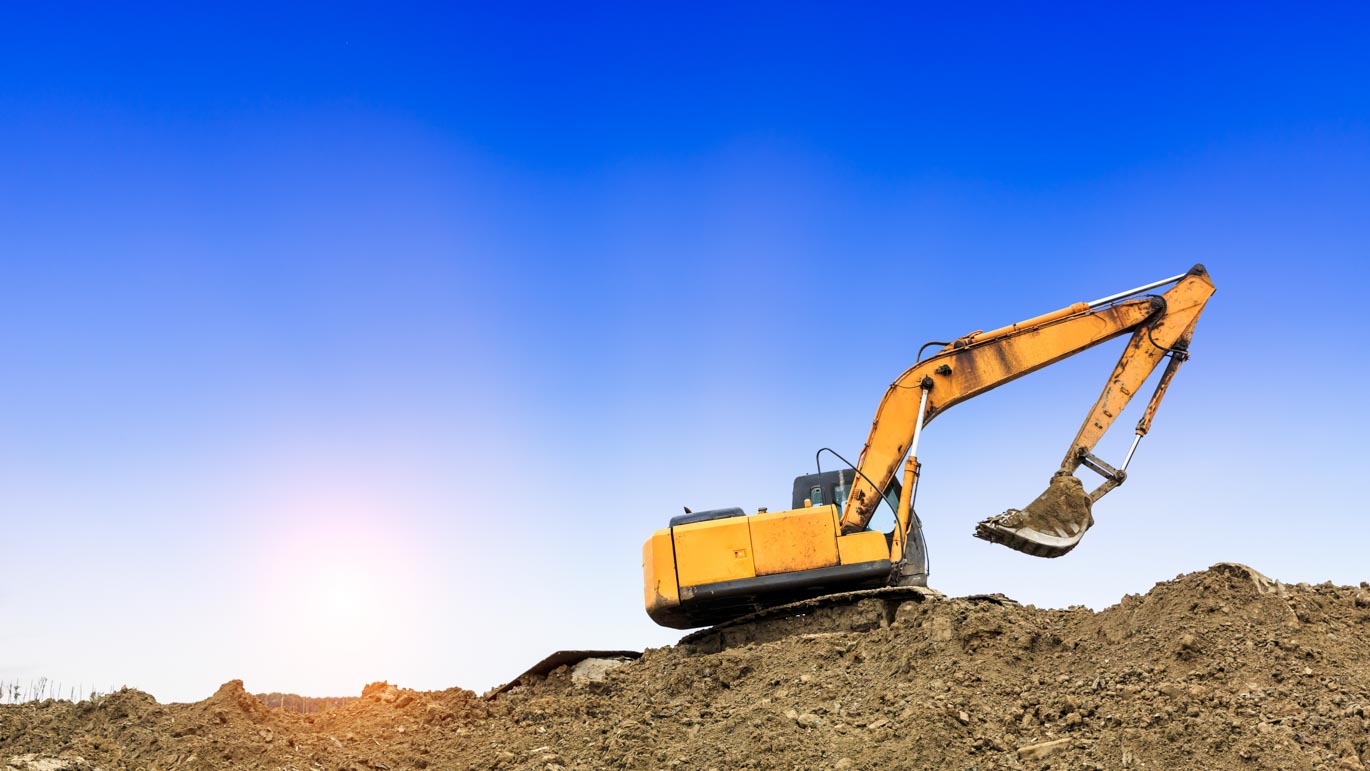Comprehensive, detailed front-end definition is a critical component of smart capital project management. Robust feasibility analysis and advanced conceptual planning provide strategic information that can significantly mitigate risk and dramatically improve project performance. Conversely, a failed front-end loading process consistently leads to increased risk, higher costs and expensive delays.
In capital-intensive, long-lifecycle projects, managers will always examine dozens and even hundreds of critical areas. In this article, we will provide a detailed examination of just one: site conditions.
Capital projects in asset-intensive processing industries like infrastructure, petrochemical, refining and upstream will almost always encounter unique and challenging site conditions that require early risk mitigation and smart planning.
Mitigating Site Condition Risks: Why And How
Some degree of risk is inevitable, and every project team takes calculated risks. Smart asset-intensive companies work to improve project employees’ ability to cope quickly with uncertainty and to incorporate appropriate levels of risk into project decision-making at every stage in the project life-cycle. The key is to take known risks, with a full understanding of the potential consequences, and to only take the risks that your company wants to take.
As always, missing information can cost the project in terms of execution performance. Early in the front-end definition process, the gap/risk analysis often pits investigative costs against the costs of addressing unforeseen discoveries later in the stage-gate process. This is true even though small investigative investments in the beginning often save millions down the line.
Here are two examples of what this process can look like in its practical application.
Example 1: Soil Testing
A team is building an expansion on an existing chemical plant. The site is historically industrial, and the soil may be contaminated. Environmental regulation typically requires special handling of contaminated soil during the excavation process. In an attempt to keep the project on-budget in its early days, the team limits the number of soil tests that are performed. Later, contaminated soil is discovered during construction, and the owner is compelled to pay extra to excavate and remove the contaminated soil; additionally the Owner may be subject to significant environmental fines for any inappropriate handling of contaminated soil. In addition, the project is delayed while remediation takes place. With proper definition — specifically, extensive soil testing for all potential contaminants — these costs and delays can be entirely avoidable.
Example 2: Soil Boring
A team is building a project on non-virgin land, with a long history of construction and demolition. In an attempt to reduce front-end costs, the team takes a risk and limits the number of soil borings. Construction begins, and field crews discover an old building foundation that must be removed before work can move forward. The result: long delays and additional costs that are magnitudes higher than the cost of the front-end soil borings. With proper definition — specifically, a thorough geotechnical study with a sufficient number of soil borings — these costs and delays could be entirely preventable. Instead of being late changes, they could have been incorporated into the cost estimate, making the project cost and schedule far more predictable.
Site Condition Definition: A Checklist
Knowing site conditions means developing an intimate knowledge of the site location. This checklist can help a project team assure its definition of site conditions is right, and not carrying undue risk.
1 | Site Layout and Site Surveys
Define the site’s geographical layout. Note major equipment location, major structures location, and ensure that existing project structures and new ones are well defined to fit the constructibility sequence.
2 | Civil/Geotechnical Information
Conduct a thorough geotechnical analysis of your site. If you have old studies of the site, make sure these studies are related to the overall location, and that assumptions within the old study still hold true today. If the foundation is on the critical path, make sure you conduct enough soil borings to eliminate any risk. Update your risk register with soil-related risks, and be prepared to know and mitigate the worst-case scenario and its impact on your schedule.
3 | Governing Regulatory Requirements
Identify and plan for local, state and federal government permits necessary to start construction and operations. Consider disposal and recycling. Put a work plan in place to assure code compliance; this applies to construction, safety requirements, platting, fire, occupancy, and structural limitations.
4 | Environmental Assessment
Study air, soil contamination, water tables, vibration, impact on wildlife and endangered species. The cost and schedule impact of environmental considerations have to be studied and accounted for in the project’s risk register.
5 | Utility Sources with Supply Conditions
Define the availability of site utilities required for the project. For example, if construction is going to require a lot of power and the site is not connected with a utility power source, then the project will need to build a power substation to ensure the needed power.
6 | Local labor availability and productivity numbers
Know the labor market conditions in your project locations. Areas experiencing a construction boom might present a labor shortage (and higher labor costs) that you need to account for. If your project is being built in a new location where your company has no prior experience, you may need to investigate the labor market by collecting local data on subjects such as labor turnover, safety, qualifications, and work permits. Finally, know your productivity numbers and how reliable they are, then validate your understanding of the labor conditions with your peers, industry experts, and resources.
Follow this simple checklist to refine your front-end definition of site conditions. You’ll make smart, conscious decisions as you weigh investigative costs against the higher cost of dealing with unpredicted problems down the line. You’ll be one step closer to delivering your project on-time, and on-budget.
Did you know that you can automate your company rules for site conditions validation in a project delivery acceleration platform? Contact us to learn how and discover the next generation of project delivery technology.





